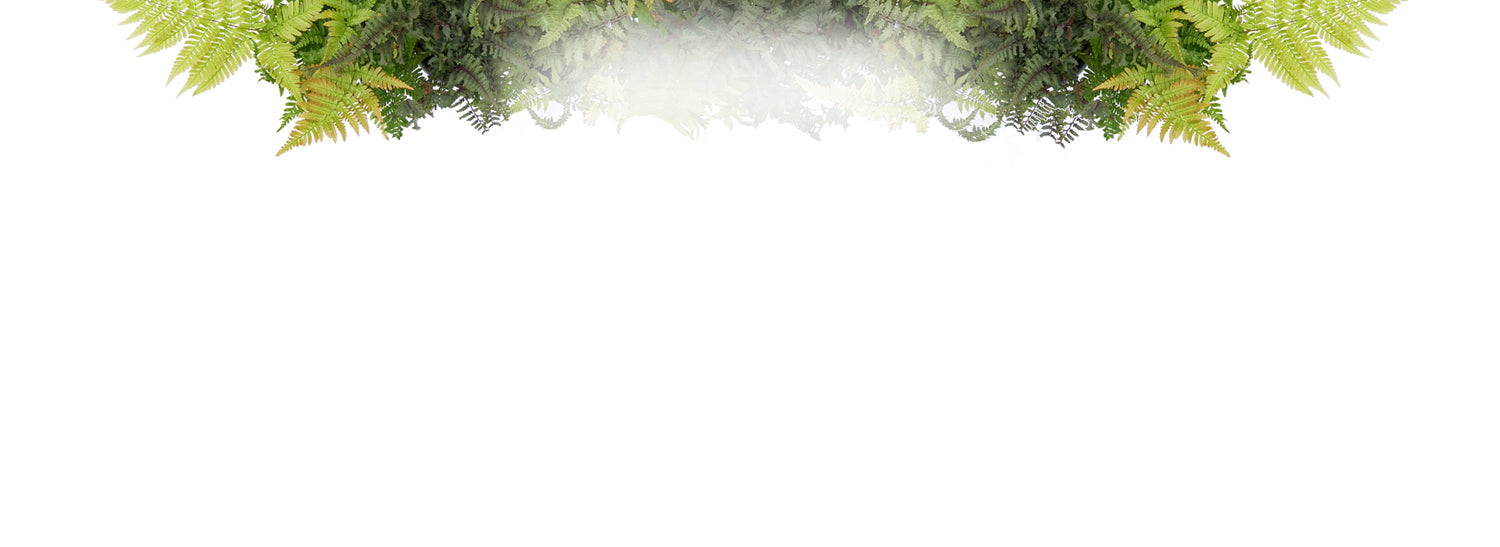Description
Plant spacing is based on the ultimate width of the plants. This figure is normally given as a range; for example, 3-5’. If you live in a cold climate and/or want plants to fill in more quickly, plan to space at the shorter end of the range. If you live in a warm climate, are on a limited budget, or are willing to wait longer for plants to touch, use the higher end of the range. Using the larger number is recommended when calculating distance from a building or structure. There’s really no such thing as "maximum spacing": if you don’t want your plants to touch, you can space them as far apart as you’d like. All plant spacing is calculated on center, or in other words, the centers of the plants are spaced one half of their eventual width apart:

Unless you are planting in a straight line, as you might for hedges or edging, space your plants in a staggered or zig-zag pattern for a more interesting and naturalistic look:

Hand-picked at our greenhouse
Shipped to your door
Arrives as young plant
Ornamental grasses are invaluable additions to the landscape, but we don’t think they get enough credit. They rustle in the breeze, produce plumes of flowers, and add interest through the winter. What’s not to love? No matter the unique landscape goal, these ornamental grasses are approved by Great Garden Plants horticulturists to be a great addition to your garden.
Grasses are looking good! I’m keeping them watered and they have definitely grown since I planted them. Looking forward to these filling out next year
I ordered plants from your website and they all arrived alive and in the time frame expected! Plants I ordered from another vendor all arrived dead. Thanks!
My second order from GGP and all are thriving.
Arrived on schedule, with very good packaging. No dirt loss, plants were protected well, and soil was still damp. After watering, recovering a few days, and then planting, all looked somewhat stressed but still in decent shape. Continued growth, however, has been about 50/50, with two plants doing very well - doubling in size and greening up nicely. The remaining three haven’t had any new growth and seem to be struggling. No complete browning, but they haven’t taken off like the other two. All were planted in new beds with improved soil and compost. 2/5 stars for the two that are doing great!
We will notify you on events like Low stock, Restock, Price drop or general reminders so that you don’t miss the deal



